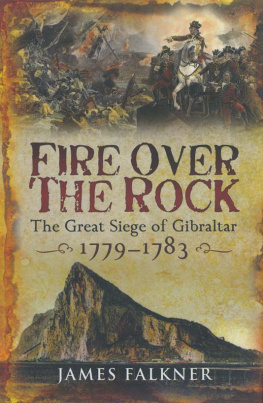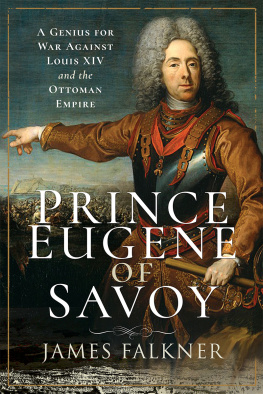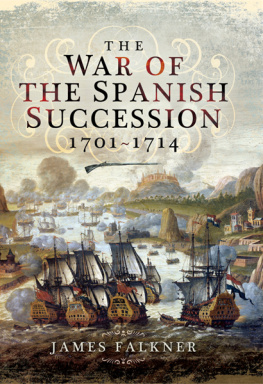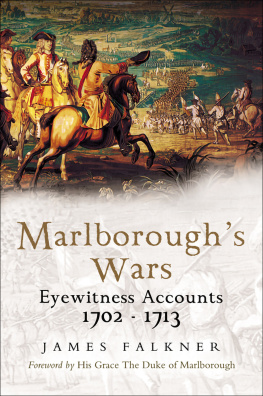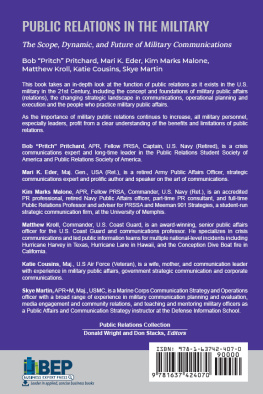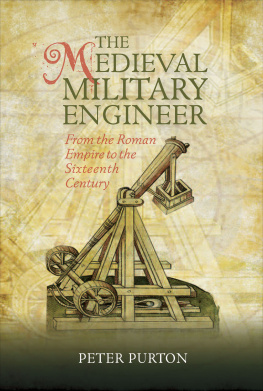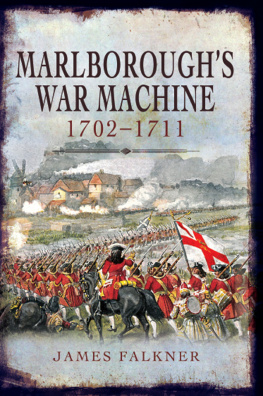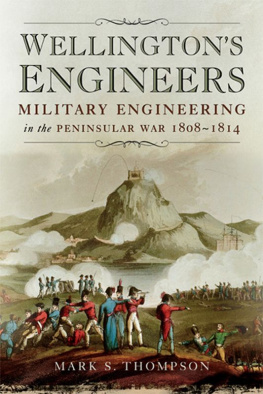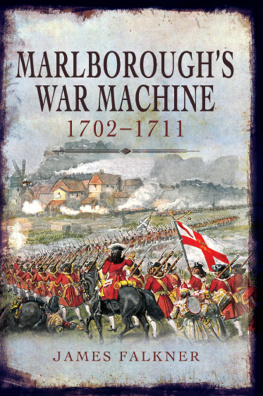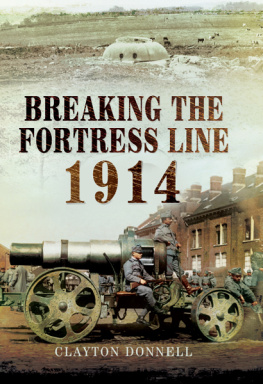James Falkner - Marshal Vauban: Louis XIVs Engineer Genius
Here you can read online James Falkner - Marshal Vauban: Louis XIVs Engineer Genius full text of the book (entire story) in english for free. Download pdf and epub, get meaning, cover and reviews about this ebook. year: 2011, publisher: Casemate Publishers, genre: Non-fiction. Description of the work, (preface) as well as reviews are available. Best literature library LitArk.com created for fans of good reading and offers a wide selection of genres:
Romance novel
Science fiction
Adventure
Detective
Science
History
Home and family
Prose
Art
Politics
Computer
Non-fiction
Religion
Business
Children
Humor
Choose a favorite category and find really read worthwhile books. Enjoy immersion in the world of imagination, feel the emotions of the characters or learn something new for yourself, make an fascinating discovery.

- Book:Marshal Vauban: Louis XIVs Engineer Genius
- Author:
- Publisher:Casemate Publishers
- Genre:
- Year:2011
- Rating:3 / 5
- Favourites:Add to favourites
- Your mark:
Marshal Vauban: Louis XIVs Engineer Genius: summary, description and annotation
We offer to read an annotation, description, summary or preface (depends on what the author of the book "Marshal Vauban: Louis XIVs Engineer Genius" wrote himself). If you haven't found the necessary information about the book — write in the comments, we will try to find it.
Sebastien Le Prestre, Marshal Vauban, was one of the greatest military engineers of all time. His complex, highly sophisticated fortress designs, his advanced theories for the defense and attack of fortified places, and his prolific work as a writer and radical thinker on military and social affairs, mark him out as one of the most influential military minds of the late seventeenth and early eighteenth centuries. Yet no recent study of this extraordinary man has been published in English.
James Falkner, in this perceptive and lively new account of Vaubans life and work, follows his career as a soldier from a dashing and brave young cavalry officer to his emergence as a masterful military engineer. And he shows that Vauban was much more than simply a superlative builder of fortresses, for as a leading military commander serving Louis XIV, he perfected a method for attacking fortifications in the most effective way, which became standard practice until the present day. Falkners new study will add significantly to the understanding of Vaubans achievements and the impact his work has had on the history of warfare.
A very enjoyable read for those looking for a good, basic account of Vaubans career and his role in the wars of Louis XIV and of fortification more generally. Its usefulness is enhanced by various maps and reproductions of portraits of key characters and of contemporary plans of fortresses.War in History
James Falkner: author's other books
Who wrote Marshal Vauban: Louis XIVs Engineer Genius? Find out the surname, the name of the author of the book and a list of all author's works by series.

